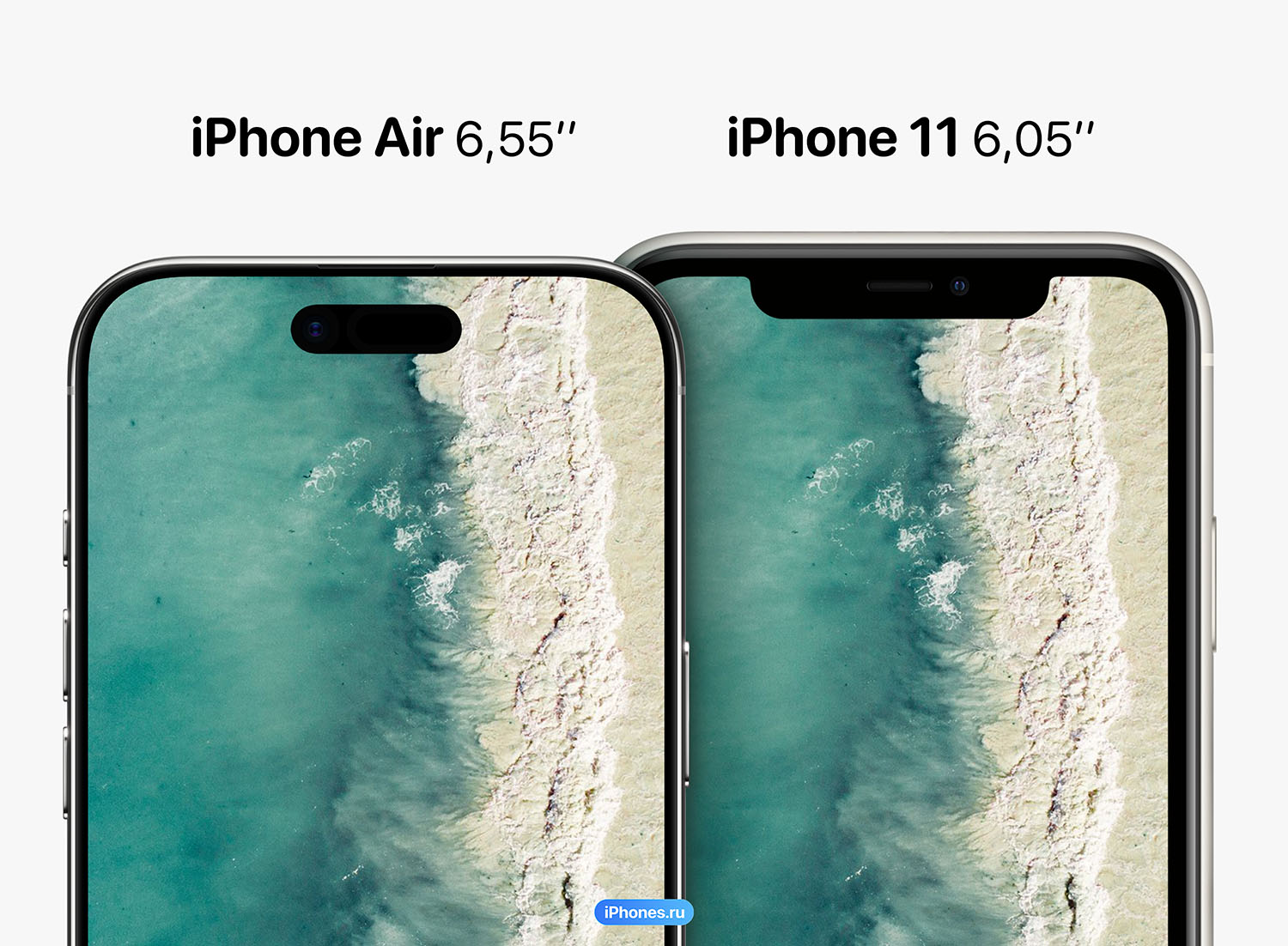ESA probe Gaia discovered two black holes very close to Earth. And the best part is that this is not the only thing that makes them special, because they seem to be very different from others that have been observed before.
baptized as Gaia BH1 and Gaia BH2its biggest difference from other black holes is distance from companion star. binary systems formed by a black hole and a star are quite common. Many of them have already been discovered, but usually they are so close that the black hole is constantly absorbing material that deprives the star, creating a lot of energy.
As a result, they are easily detected by instruments capable of detecting X-rays or radio waves. But in this case, that was not what was found. Gaia noticed a slight wobble in the star that might not have been visible to the cameras of other similar probes. This wobble seemed to be consistent with the gravitational effect of a very massive object such as a black hole. It was necessary to confirm this with other observations in NASA Chandra X-ray Observatory And South African radio telescope MeerKAT. Thus, it was confirmed that although they are black holes, they practically do not drag matter from the star. So yes, they are very special.
two new black holes
These two black holes are located 1560 and 3800 light years from Earth. It may seem like a lot. However, if we take into account that the closest one found so far is 1011 light-years from the solar system and that our galaxy covers an area of 105,000 light-years, we can get an idea of how close they are.
But that’s not the only feature of these black holes, as we’ve seen. It is striking that they are very far from their companion star. For example, the Gaia BH2 satellite revolves around a black hole every 1277 days. This indicates that they are approximately 714 million kilometers. If we take as an example another binary system formed by Swan X-1 and its companion star, in which case the time required for the star to orbit is 5.6 days.
The difference is obvious. Thus, in systems such as Cygnus X-1, most of the material from the star easily penetrates into event horizon black hole. That is, the distance from which nothing can escape him. Thus, little by little, it feeds on the star.
But in this case it doesn’t happen. There is practically no activity because the distance is huge. And it shows us what we can face new type of black hole.
The situation will need to be studied further. Perhaps Gaia will find more such cases. For now, we won’t be able to see data from the last 66 months of his full observations until at least end of 2025.
Source: Hiper Textual












